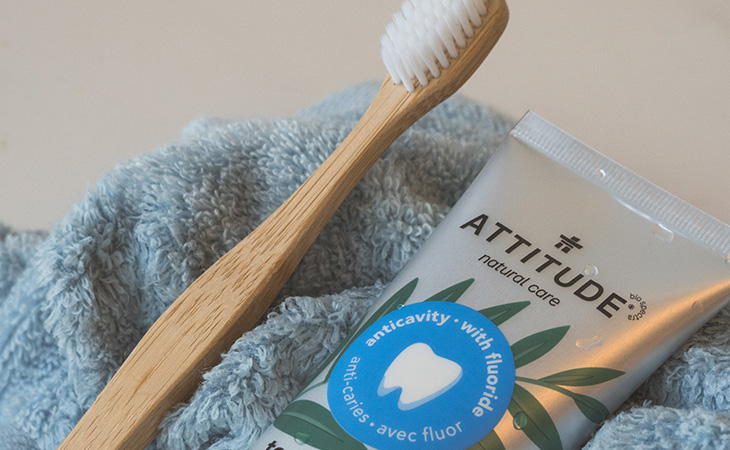If you’re a little too familiar with cavities, you’re not alone. In fact, you’re one of the 9 out of 10 Canadians who are inconvenienced by this oral disease. But what exactly are cavities? How do they form? And, most importantly, how can we prevent them? Here are answers to these questions and more.

1
How do cavities form?
Cavities occur when the tooth enamel is subjected to acid residues from foods that stick to the surface of the tooth. If these residues are not removed by brushing, the bacteria present in the mouth will transform the sugars from these foods into acid residues that will break down the tooth enamel, creating a hole, or cavity. If the cavity is not treated immediately, it will get bigger and enter the underlying dentin. And if infection sets in, it will make its way to the bone of the gum, resulting in an abscess, which can be very painful.
2
What causes cavities?
There are many causes for cavities, but a diet high in sugar (especially sugary snacks eaten between meals) and inadequate oral hygiene are the main ones. The combination of food residues lodged in the teeth and the bacteria already present in the mouth is the perfect breeding ground for cavities, which is why it is so important to brush between meals. Other factors, like not getting enough fluoride, eating disorders (bulimia and anorexia) and gastric reflux can all weaken the tooth enamel and lead to cavities.
3
How do you know if you have a cavity?
Symptoms are fairly variable and depend on the stage of the cavity and the state of infection. Initially, a cavity may go unnoticed, but as it progresses, it can cause the following symptoms:
- Toothache that intensifies over time;
- Sensitivity to heat, cold and sweets;
- Pain when biting down;
- Brown or black spots on the surface of the tooth;
- Accumulation of pus around the tooth.
4
What are the treatments?
If treated in time, a cavity will just need a simple filling. The dentist will remove the decay and fill it with an amalgam (a metal alloy) or a composite (a white resin). However, if the cavity has been left to reach an advanced stage, it may be necessary to perform a root canal and put in a crown. In the worst-case scenario, if the infection has destroyed a sizeable portion of the root, the dentist may have to extract the tooth. The missing tooth can then be replaced with a bridge or an implant.
5
How can you prevent cavities?
Fortunately, it’s possible to prevent cavities with just simple, healthy and rigorous daily habits like brushing your teeth at least twice a day, preferably after each meal, using dental floss as a complement to brushing, and adopting a healthy diet low in sugar. Most importantly, be sure to see your dentist regularly!
Presented by

Vegan oral care, made here
As performant as traditional toothpastes, ATTITUDE toothpastes ensure good oral hygiene while being gentle on the gums. Formulated with papaya extract which, combined with tooth brushing, helps reduce plaque, they are available with and without fluoride for adults and children. Discover them in a classic format as well as in a travel size: just as effective and ideal for travelling, even by plane.